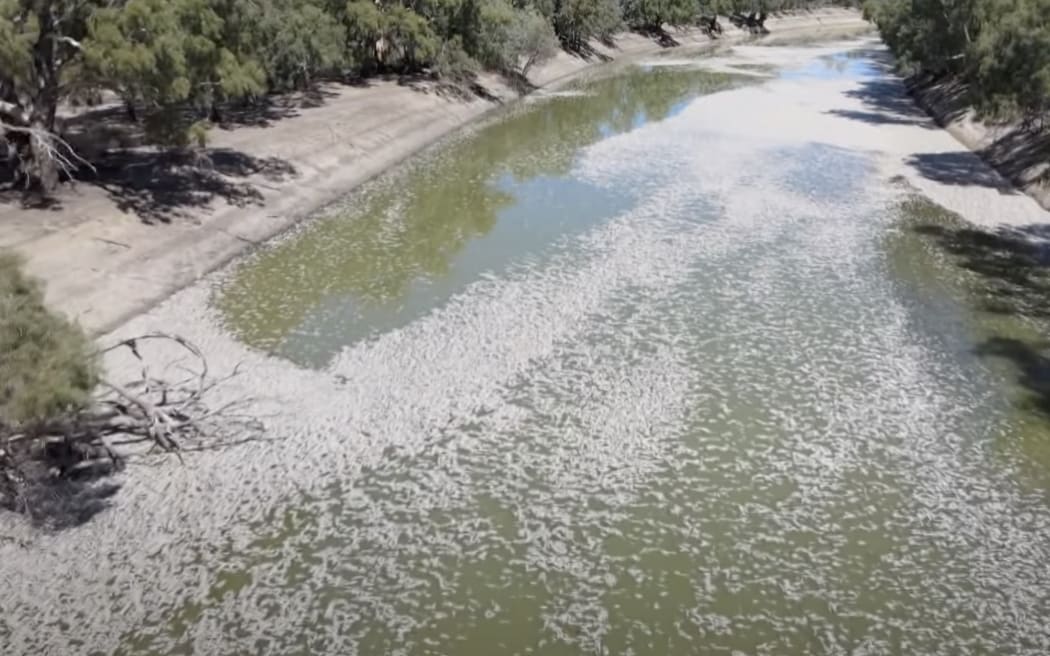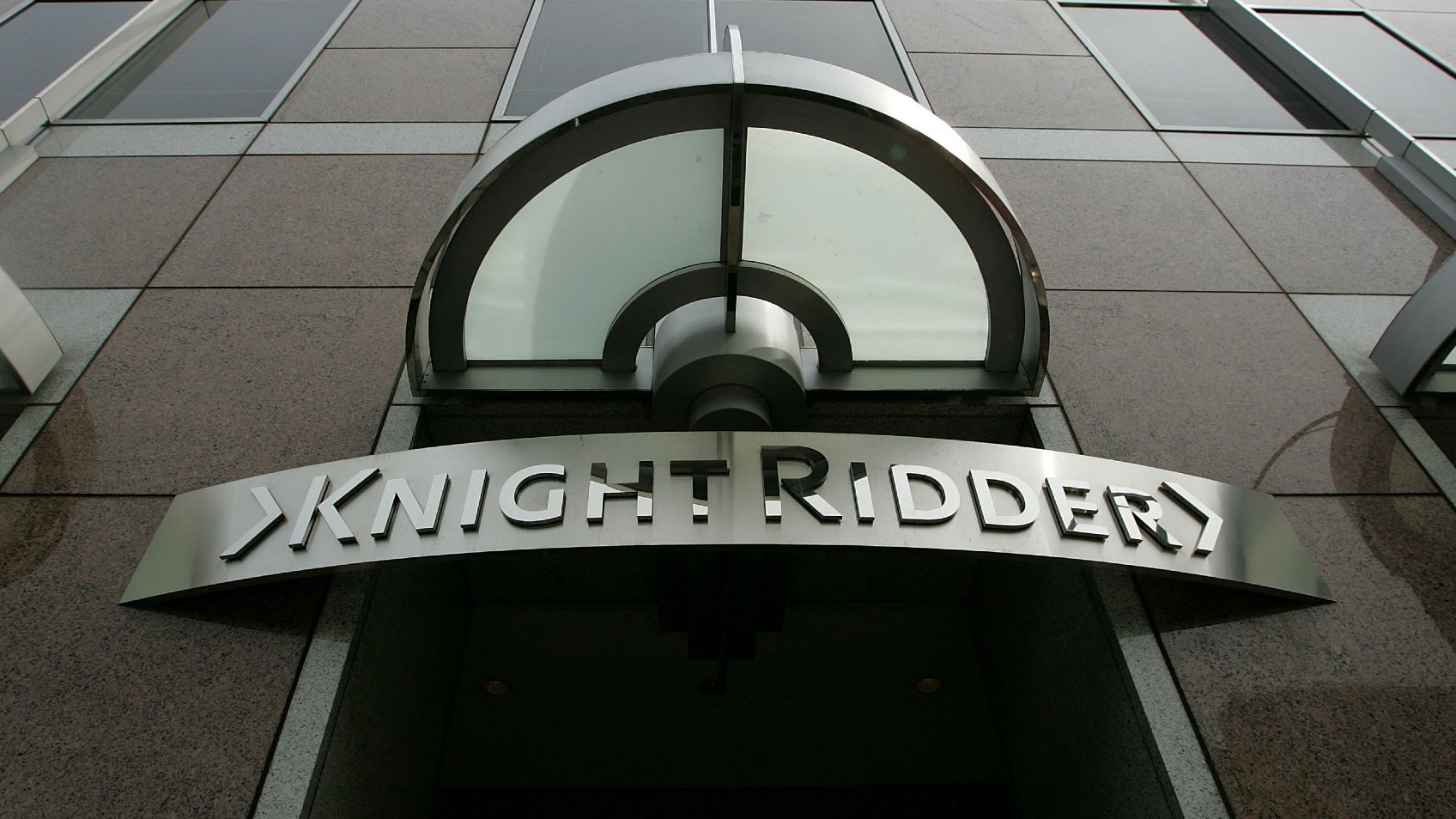400k gallons of radioactive water leaked from Minnesota nuclear plant

At least 400,000 gallons of radioactive water leaked from a Minnesota nuclear power plant in November — but officials only publicly revealed the spill on Thursday.
Minnesota regulators shared the disconcerting development on Thursday and said they have been monitoring the cleanup from Xcel Energy’s Monticello nuclear plant.
While the energy company reported the leak of water containing tritium to state and federal authorities and the Nuclear Regulatory Commission last fall, state officials said they waited to tell the public until they had more information.
The four-month delay in announcing the leak to the public sparked an alarm over public safety and transparency. However, industry experts on Friday said there was never a public health threat as the radioactive water never reached a threshold that would have required public notification.

“This is something that we struggle with because there is such concern with anything that is nuclear,” said Victoria Mitlyng, a spokesperson with the Nuclear Regulatory Commission. “The concern is very, very understandable. That is why I want to make extra clear the fact that the public in Minnesota, the people, the community near the plant, was not and is not in danger.”
Minnesota Pollution Control Agency spokesman Michael Rafferty said Thursday that officials knew that one of the plant’s monitoring wells contained tritium in November but “Xcel had not yet identified the source of the leak and its location.
“Now that we have all the information about where the leak occurred, how much was released into groundwater and that contaminated groundwater had moved beyond the original location, we are sharing this information,” Rafferty said.
Xcel said the leak came from a pipe between two buildings.
Tritium is a radioactive isotope of hydrogen that occurs naturally in the environment and is a common by-product of nuclear plant operations. It emits a weak form of beta radiation that does not travel very far and cannot penetrate human skin, according to the Nuclear Regulatory Commission.
The chemical only poses a health risk to people who consumed a large amount of tritium, according to Edwin Lyman, director of nuclear power safety with the Union of Concerned Scientists. The risk is contained if the plume stays on the company’s site, which Xcel Energy and Minnesota officials said is the case.
Lyman said that if officials are certain that it did not leave the confines of the powerplant, people should not be concerned about their health or safety.

“Xcel Energy took swift action to contain the leak to the plant site, which poses no health and safety risk to the local community or the environment,” the Minneapolis-based utility said in a statement.
Mitlyng said nuclear plants are not required to report all tritium leaks to the Nuclear Regulatory Commission, however Xcel had agreed to report certain leaks to the state, who, in turn, shares it with the commission.
On November 23, the commission posted a notification about the leak on its website, which it classified as a nonemergency and said was under investigation. No other notification was ever given to the public until Thursday.
There is no way for the tritium to get into the drinking water, Mitlyng said. The powerplanthas groundwater monitoring wells and plant employees regularly track the progress of contaminants by looking at which wells detect higher amounts.
Xcel said it has recovered about 25% of the spilled tritium so far, as Nuclear Regulatory Commission inspectors are on site too, monitoring the response.
The company said it plans to install a permanent solution this spring.
With Post wires


 A screenshot of the misleading Facebook post, captured on March 13, 2023
A screenshot of the misleading Facebook post, captured on March 13, 2023 Former Thai army chief Apirat Kongsompong (left) and the current head Narongpan Jitkaewtae (right)
Former Thai army chief Apirat Kongsompong (left) and the current head Narongpan Jitkaewtae (right) Screenshot comparisons of the images as they were used in video in the false post (left) and as they appear in the Nation TV and Myanmar Now articles (right)
Screenshot comparisons of the images as they were used in video in the false post (left) and as they appear in the Nation TV and Myanmar Now articles (right) Screenshot comparisons of the images used in the video in the false post (left) and the photos as they were used on the Chinese foreign ministry website and by Syria's North Press Agency (right)
Screenshot comparisons of the images used in the video in the false post (left) and the photos as they were used on the Chinese foreign ministry website and by Syria's North Press Agency (right)







